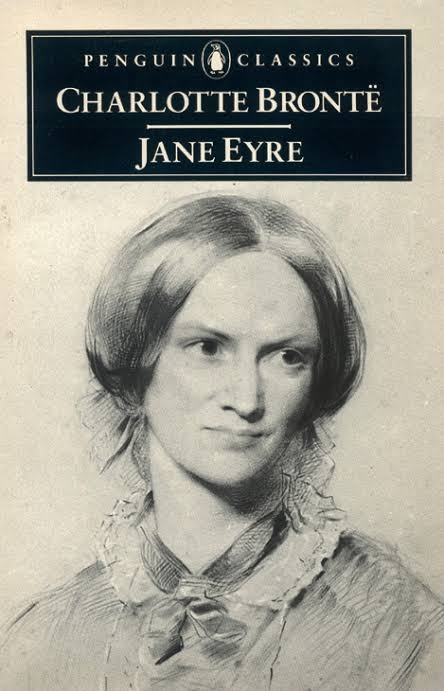Jane Eyre, written by Charlotte Bronte, is a classic novel that has captivated readers for generations with its compelling narrative, vivid characters, and exploration of complex themes. Published in 1847, this seminal work of English literature continues to resonate with readers today, standing as a testament to Bronte’s literary genius and her exploration of social and gender issues of the Victorian era. In this book review, we will delve into the various aspects that make Jane Eyre an enduring masterpiece, including its narrative structure, character development, thematic depth, and its profound impact on subsequent literature.
Table of contents
- Introduction: A Glimpse into Jane Eyre’s World
- The Unforgettable Protagonist: Jane Eyre
- Enigmatic and Brooding: Mr. Rochester
- Themes Explored: Love, Independence, and Resilience
- Narrative Structure: A Tale of Growth and Transformation
- Charlotte Bronte’s Prose and Descriptive Power
- Historical and Societal Context
- Influence and Legacy: Jane Eyre’s Lasting Impact
- Conclusion: A Masterpiece that Transcends Time
Introduction: A Glimpse into Jane Eyre’s World
Jane Eyre opens with the eponymous protagonist’s turbulent childhood, marked by neglect and mistreatment at the hands of her cruel aunt and cousins. Bronte adeptly sets the stage for the subsequent events, drawing readers into a world of secrets, suppressed emotions, and societal constraints. The novel’s Gothic elements, combined with its realistic portrayal of everyday life, create an atmosphere of mystery and intrigue that holds readers in its grip from the very beginning.
The Unforgettable Protagonist: Jane Eyre
Jane Eyre, a young orphan with an indomitable spirit, serves as the novel’s focal point. Charlotte Bronte masterfully develops Jane’s character, presenting her as a complex and multi-dimensional individual who defies societal expectations. Jane’s intelligence, moral integrity, and unwavering independence make her a captivating heroine, inspiring readers with her strength and resilience in the face of adversity.
Enigmatic and Brooding: Mr. Rochester
Mr. Rochester, the enigmatic and brooding master of Thornfield Hall, is a character who both intrigues and challenges Jane. Bronte crafts a compelling dynamic between the two characters, as they navigate a complex web of emotions, societal constraints, and personal dilemmas. Mr. Rochester’s mysterious past and the secrets that surround him add depth to the narrative, making him a memorable and conflicted figure.
Themes Explored: Love, Independence, and Resilience
Love and Its Complexities
Love, in its various forms, is a central theme in Jane Eyre. Bronte explores the complexities of love, portraying both its transformative power and the societal constraints that often inhibit its expression. From Jane’s childhood friendship with Helen Burns to her tumultuous relationship with Mr. Rochester, the novel examines the different manifestations of love and the sacrifices one must make to attain it.
The Quest for Independence
Independence, particularly for women in the Victorian era, is a significant theme throughout Jane Eyre. Jane’s relentless pursuit of independence and self-fulfillment challenges traditional gender roles and societal expectations. Bronte deftly portrays the struggle between individual desires and societal norms, ultimately championing the importance of personal autonomy.
Resilience in the Face of Adversity
Jane Eyre’s journey is fraught with adversity, yet she never succumbs to despair. The novel showcases the resilience and inner strength of its protagonist as she faces numerous challenges and overcomes societal obstacles. Through Jane’s unwavering determination, Bronte emphasizes the power of resilience and the capacity for personal growth in the face of adversity.
Narrative Structure: A Tale of Growth and Transformation
Bronte’s narrative structure is a masterclass in storytelling. Jane Eyre is divided into distinct sections that chart Jane’s growth and transformation, from her tumultuous childhood to her experiences as a governess and beyond. The novel’s first-person narrative enables readers to intimately connect with Jane, sharing in her triumphs, sorrows, and self-discovery.
Charlotte Bronte’s Prose and Descriptive Power
Charlotte Bronte’s prose is a testament to her literary prowess. Her vivid descriptions bring the settings and characters to life, immersing readers in the world of Jane Eyre. Bronte’s ability to evoke emotions through her rich language and poignant imagery further enhances the reading experience, leaving a lasting impact on the reader.
Historical and Societal Context
Jane Eyre cannot be fully appreciated without considering its historical and societal context. Bronte’s exploration of gender roles, social class, and the limitations imposed on women during the Victorian era reflects the changing landscape of the time. By confronting these issues head-on, Bronte challenged prevailing norms and paved the way for future feminist literature.
Influence and Legacy: Jane Eyre’s Lasting Impact
Since its publication, Jane Eyre has had a profound influence on literature and popular culture. Bronte’s novel has inspired countless adaptations, spin-offs, and retellings, testifying to its enduring relevance. Moreover, its portrayal of a strong, independent female protagonist has resonated with readers across generations, leaving an indelible mark on feminist literature.
Conclusion: A Masterpiece that Transcends Time
Jane Eyre remains a literary masterpiece that transcends time. Bronte’s exploration of love, independence, and resilience, coupled with her exceptional character development and evocative prose, ensures the novel’s enduring appeal. Through Jane Eyre‘s indomitable spirit, readers are encouraged to question societal norms, embrace personal growth, and pursue their own paths to happiness.
Bibliography: Bronte, Charlotte. Jane Eyre. London: Smith, Elder & Co., 1847.



 For all latest articles, follow on Google News
For all latest articles, follow on Google News